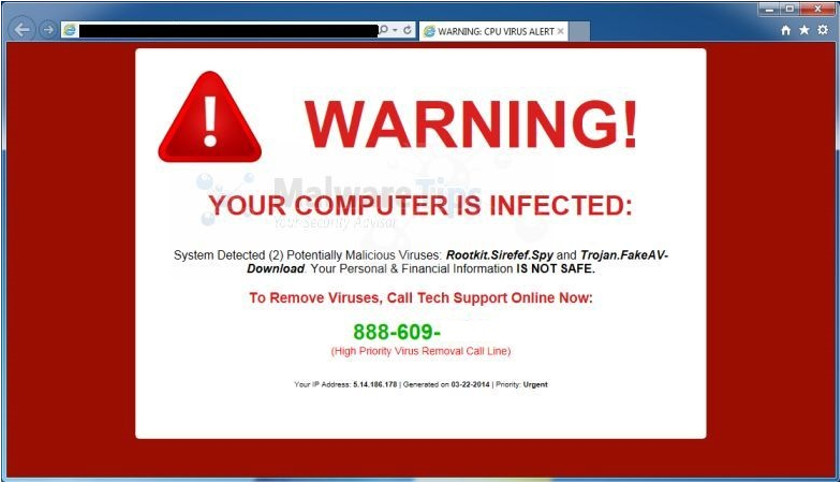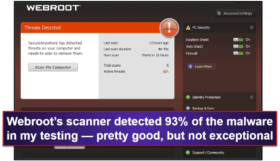
United Kingdom: Report the scam to Action Fraud.ĥ. United States: File a complaint with the FTC. Report the scam and any information you have about the scammers to the authorities: Be sure to check your statements regularly for further fraudulent charges and have them canceled as well. If you paid for support services with a credit or debit card, call your financial institution immediately to cancel the charges and have a card with a new number issued. This will help prevent intrusions and malicious pop-ups.Ĭhange any passwords you shared with the supposed scammer, and be sure to do so on every account that uses the same login credentials you shared. Make sure your device’s firewall and pop-up blocker are turned on.
WEBROOT ANTIVIRUS SCAM UPDATE
You should immediately update your antivirus software, scan your computer, and quarantine or remove any threats your software detects. If you have been, or think you may have been, scammed. If you need further assistance, call your antivirus company’s tech support line instead. No matter how urgent the message seems, do not call a number or click on any links in the pop-up. If you get a pop-up message that tells you to call tech support, ignore it. Only visit websites you know and trust, and be careful where you enter your login credentials or personal data. Keep a close eye out for strange URLs, as well as mistakes on the website itself, such as spelling/grammar errors and other typos. A search result might claim to be “Microsoft® Technical Support,” but when you look at the URL itself, you might notice it’s a completely unrelated scam website. Scammers pay for their ads to show up in the first few results on commonly used search engines.



When using search engines like Google or Bing, be on the lookout for fake pages. Criminals can fake the names and numbers that show up in the caller ID information to look like a legitimate company. Legitimate companies do not make unsolicited tech support calls to customers. If you get an unexpected or urgent call from someone claiming to be with tech support, hang up. In the end, these scammers want to get your money, banking credentials, SSNs, and other sensitive information.

WEBROOT ANTIVIRUS SCAM INSTALL
Scammers may also install malware to steal your data or personal information, change your computer settings, or even disable your antivirus software so your computer is vulnerable to later attacks. Once scammers have access, they may convince you that totally benign files are infected or problematic. What do scammers do with access to my device? Often, the scammers tell you that your computer is infected and will attempt to access your computer, after which they try to convince you to pay for support services to fix some made-up problem (or even a problem they created when they accessed your computer). Scammers may call you, put panic-inducing pop-ups on your computer, or set up fake websites that look like legitimate tech support information. What to Do If You Think You’ve Been Scammedįake tech support scams come in many different forms, and they’re extremely prevalent. Click here for our official support options. We do our best to report that but can't catch them all. Note: Be aware that there are fraudulent Webroot Support website and phone numbers on the internet. Every day, innocent people get conned into spending large amounts of money on nonexistent computer problems, adding to the growing number of victims in the widespread epidemic of tech support scams.


 0 kommentar(er)
0 kommentar(er)
